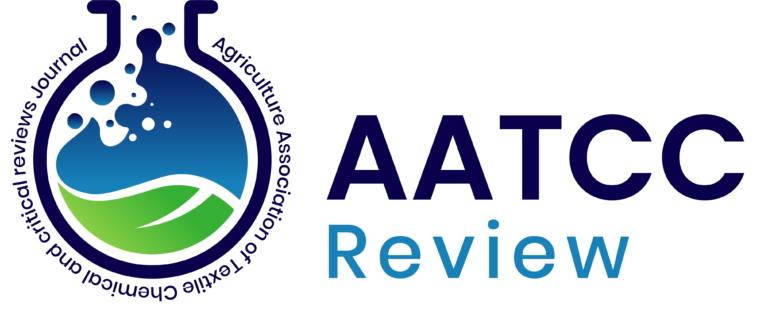Sustainable valorization of broken basmati rice flour for functional pancake production using natural sweeteners
DOI: https://doi.org/10.21276/AATCCReview.2025.13.04.285
Abstract
In the current study, pancakes were made using broken rice flour, sugar, honey, and their mixtures, as well as popped amaranthus seeds. The quality assessment of pancakes depicted that the maximum mean a* value (6.88), b* value (21.95), oil absorption index (2.71g/g), water absorption capacity (2.66g/g), phosphorus content (361.53 mg/100g) and calcium content (91.39 mg/100g) were recorded in pancakes formulated using jaggery (T3) as a sweetening agent whereas pancakes containing sugar (T1) recorded lowest a* value (1.18), b* value (15.19), water absorption capacity (2.32g/g), phosphorus content (341.34 mg/100g) and calcium content (74.92 mg/100g), respectively. On evaluating the bioactive components of the pancakes it was observed that the pancakes comprising of honey recorded the highest total phenolic content and antioxidant activity which decreased significantly during refrigerated storage upto 90 days Sensory evaluation of developed pancakes revealed that treatment T2 (Honey)was found most acceptable and in case of crackers, treatment T5 (86:10:4::BRF:SS:GLP) reflected highest acceptable scoring a man value of 7.94 whereas pancakes containing jaggery scored lowest overall acceptability score of 7.14. The study encountered challenges in optimizing texture and storage stability due to the decline in bioactive compounds during prolonged storage; however, it contributes to sustainable food product development by valorizing broken rice into nutrient-rich functional foods with enhanced consumer acceptability. Hence, broken basmati rice, a rice milling by-product, can be effectively utilized for the development of pancakes using honey as a sweetener.
PDF: View / Download

